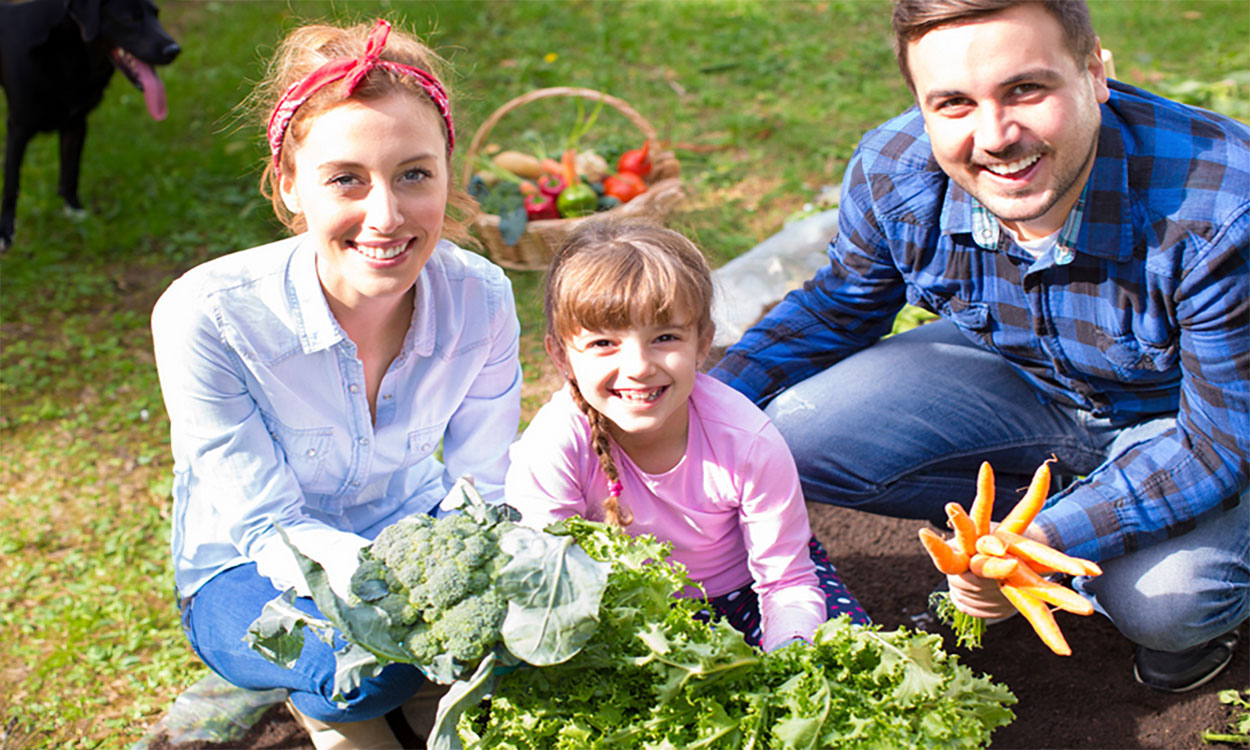Originally written by Kimberly Cripps , former SDSU Extension Family & Community Health Field Specialist, with contributions by Megan Erickson, former SDSU Extension Nutrition Field Specialist, and Hope Kleine, former SDSU Extension Health Education Field Specialist.
Pick it!
- Kohlrabi should be firm and heavy for their size, with no bruises or cracks.
- The bulb can be stored in the refrigerator for up to 10 days, and the leaves can be wrapped in paper towels in a plastic bag for up to 3 days.
- It is part of the cabbage family, also called cabbage turnip or German turnip.
Try it!
- Kohlrabi tastes like a mix between cucumber and broccoli.
- Though kohlrabi isn’t actually a root vegetable, (the vegetable is actually the stem). It can be diced in soups, or roasted in the oven.
- The bulb can also be eaten raw, sliced for dipping trays, or grated into a salad or slaw.
- Whole bulbs can also be stuffed with meat and vegetables, topped with cheese, and baked.
- Kohlrabi leaves can also be used like collard greens or kale.
Like it! Kohlrabi Slaw
Ingredients
- 3-4 medium kohlrabi, greens removed, peeled
- 2 medium carrots
- Salt and pepper to taste
- 2 T olive oil
- ¼ c apple cider vinegar
- 1 ½ T mustard
- 1 t brown sugar
Directions
- Using a grater or food processor, coarsely shred the kohlrabi and carrots.
- Toss vegetables together in a bowl with a pinch of salt and pepper to taste.
- In a separate bowl, whisk together the olive oil, vinegar, mustard and brown sugar.
- Pour the dressing over the shredded vegetables. Toss to coat.
Yield: 6 servings
Nutrition Facts per Serving: Calories 80; fat 5g; Cholesterol 0mg; Sodium 120mg; Carbohydrate 9g; sugar 4g; Fiber 3g; Protein 1g
Program Materials
Colorful fact sheets, recipe cards and educational videos provide educators and families with fun, engaging tools to enhance any dietary curriculum in a variety of settings.
Quick resources are available in the fact sheets below. Download the zipped folder to use the lesson plan, sampling instructions, recipes and display materials in your educational program.


